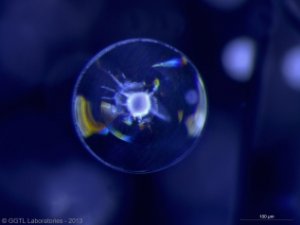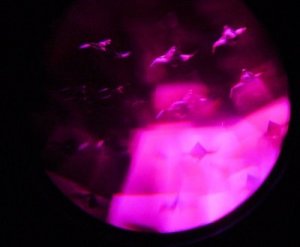deuteriumhusky
Rough_Rock
- Joined
- Sep 8, 2014
- Messages
- 27
So I took one of my larger sapphires to a GIA certified gemologist and he preformed the water test on my larger stone and he believes that I have a natural white sapphire that's been treated with beryllium. This is because there's a concentration of blue coloring on the stone's pavilion. Can this concentration of color on the pavilion be due to color zoning instead?
He believes that another of my sapphires is synthetic because the stone lacks large scale color banding. When I took at look at the stone myself I saw very fine color banding. What are your thoughts?
He believes that another of my sapphires is synthetic because the stone lacks large scale color banding. When I took at look at the stone myself I saw very fine color banding. What are your thoughts?






300x240.png)